- home
- Recommendations
- 【Adachi Mystery Hunter】 Last 19 days of the Shinsengumi · Kondo Isami ~ The life of a man who was at the mercy of the times, thinking of Ayase ~
【Adachi Mystery Hunter】 Last 19 days of the Shinsengumi · Kondo Isami ~ The life of a man who was at the mercy of the times, thinking of Ayase ~
 2018年6月7日
2018年6月7日 2022年1月20日
2022年1月20日
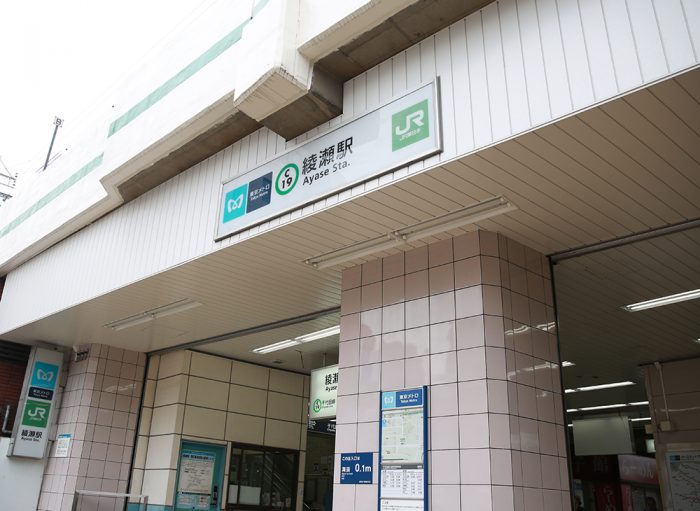
"At Adachi Shobu-numa Park located close to Kita-Ayase Station, you can enjoy about 140 kinds of 8,100 colorful irises!"
I learned it from Adachi Tourism and Exchange Association, so I decided to investigate around Ayase this time as Adachi Mystery Hunter.
When I investigated Kenaga River last time, I found a sad story about Kenaga-hime and a heartwarming story about two shrines enshrined Kenaga-hime and her husband, telling that two shrines face each other now. So I headed for Ayase in the hope that Ayase may also have a mystery.
Legend of the Shinsengumi remaining in the city of Ayase with many parks
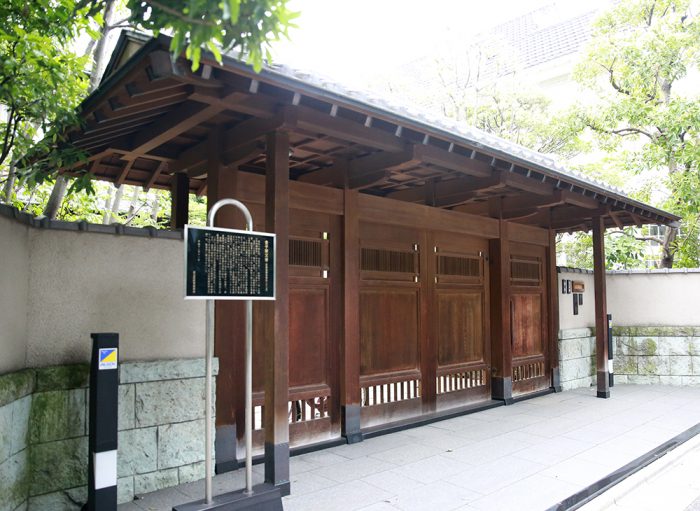
Shobu-numa Park is right from Kita-Ayase Station of Tokyo Metro Chiyoda Line, but I decided to take a walk from Ayase Station. Because many parks scattered on the route from Ayase to Kita-Ayase drew my interest.
Well, there are so many parks from small to big! I never get tired. Toritsu Higashi-Ayase Park is a vast park with pool, tennis court and baseball stadium, and is a place of relaxation for the locals.
When I was walking in Toritsu Higashi-Ayase Park while watching the map (Google map), I found a pond called "Turtle Pond of Polnareff"!
What? Is it a manga character, Polnareff? My heart began to rise, but unfortunately, I could not find the relevance to a certain popular manga.
"This is also one of Adachi mysteries... ...."
"... I know you don't understand what I am saying, but neither do I know what I found.... I was going to lose my mind..." I was in high spirits since I already found a mystery, so I kept walking.
Then, I found the spots, such as "Gohee Park" , "Hakkason-Otoshi Shinsui Ryokudo", whose name just drew my interest, but to my great surprise, the remains near Ayasegawa River called "Goheeshinden Kaneko residence where Koyochinbutai team stayed" was found. (Iko: it means the remains of old buildings and parts of them left on the ground.)
"Is Koyochinbutai a Showa idol group?" No way, it is wrong.
You know the swordsmen group · Shinsengumi who was active at the end of the Edo period, don't you? They returned to Edo after they were defeated in the battle of Toba Fushimi. After that, the Shinsengumi was ordered to put down the disturbance in Koshu (Yamanashi Prefecture) by Katsu Kaishu who was in the military government, so they changed their name to Koyo-chinbutai. (Chinbu: means to put down rebellion and disturbance to reassure the people)
What on earth does the land of Ayase have to do with the Shinsengumi?
The Shinsengumi defeated by the battle of Toba-Fushimi
"Tonight's Kotetsu goes blood-thirsty."
It is known in a story, stage or drama as a signature phrase of Kondo Isami who was the commander of the Shinsengumi. Tradition says that Kotetsu is a name of a Japanese sword that Kondo Isami loved using and the Shinsengumi who was in charge of maintaining public safety in Kyoto, was patrolling by wielding swords to keep resistance forces against Bakufu under control every night.
The Shinsengumi often becomes a theme of games and cartoons, and still boasts very high popularity even now.
Everyone has heard of the names of Hijikata Toshizo called a devil of vice-commander, and Okita Soji called the young best swordsman.
There are various opinions, but the swords that they used, such as Kotetsu of Kondo Isami, Izuminokami-Kanesada of Hijikata Toshizo and Kiku-Ichimonji of Okita Soji, are also famous.
Well, a guide board of Kaneko residence tells the following description. (※ inside the building is undisclosed)
"Kaneko family document (21 items related to the Shinsengumi)
During the upheaval of the end of the Edo period, the Shinsengumi (Koyo-chinbutai) stayed in the Kaneko residence over half a month.
~ the omission of the middle part~
Their stay period was 20 days from March 13 to April 1, 1868. The number of people gradually increased from the initial 48 people, reaching 230 people at the end of the period. So they stayed separately at near Kannon-ji temple besides Kaneko residence.
~ the omission of the rest ~ "
On September 8, 1868, the new era was named Meiji. In other words, when the Shinsengumi came to the land of Ayase, as mentioned before, it was the timing of returning to Edo after the shogunate forces was defeated by the new government forces in the battle of Toba-Fushimi, the first battle of Boshin War. And it was April 25th 1868 when the commander of the Shinsengumi, Kondo Isami was beheaded.
In short, Kondo Isami was staying at Ayase just before his death.
In this time, I would like to chase the last 19 days of Kondo Isami with personal views based on a investigation of Adachi Mystery Hunter.
How did the Shinsengumi get to Ayase?
Let's look back a bit on the history of the Shinsengumi here. Those who are not good at history, please be patient for a moment.
In 1863, Roshigumi, the samurai squad was formed as the former Shinsengumi with the aim of cracking down rude samurai who acted behind the scenes to overthrow the bakufu in Kyoto. After that, experiencing internal conflicts, the Shinsengumi was led by a core of 4 fellows of the swordsmanship school called Tennen Rishin-ryu, by the name of Kondo Isami, Hijikata Toshizo, Okita Soji and Inoue Genzaburo.
Tennen Rishin-ryu was a swordsmanship school with many students in the Edo, Tama area. However, it seems that most of the students were children of farmers like other fellows including Kondo.
With their sword fighting skills improved during the disturbance in the end of the Edo period, they were active in historical incidents such as Ikedaya-jiken and Kinmon-no-hen, which made their name very famous throughout the country.
And in June 1867, Kondo Isami and Hijikata Toshizo accomplished an exceptional promotion as the retainers of the shogunate. It was only three years after the Shinsengumi was formed.
However, the peak of the Shinsengumi did not last long.
The group to overthrow the shogunate gradually regained their power, and Tokugawa Yoshinobu who became the 15th shogun at that time, returned the administration to the Court. (Taisei-hokan) It was done on October, 1867, so it was only 4 months after they became the retainers of the shogunate.
The following year, the battle of Toba-Fushimi broke out, and the former shogunate forces was defeated. After returning to Edo, Katsu Kaishu said to the Shinsengumi, "You guys are very strong, so beat the new government forces coming to Yamanashi Prefecture!" They headed for Kofu, but were defeated here again. (the battle of Koshu-Katsunuma).
It is said that Kondo Isami slowly headed for the battlefield showing the daimyo-like gorgeous procession to his hometown, which made the new government take over the lead of the battle.
The 19 days of the Shinsengumi in Goheeshinden
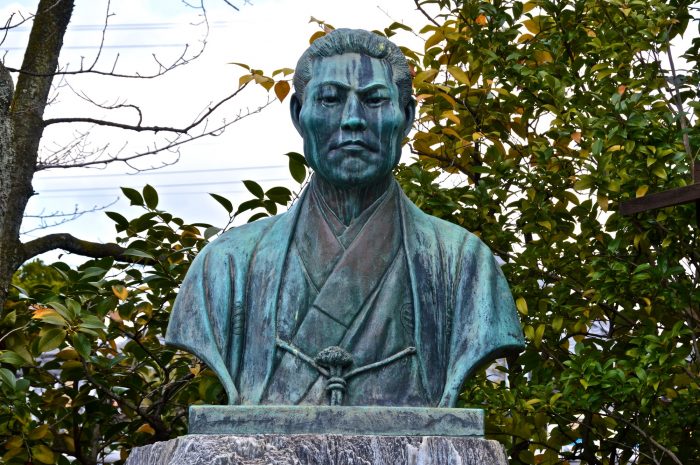
Although I took some time, this is the story of how the Shinsengumi got to Kaneko residence in Ayase, Goheeshinden. Actually, the Shinsengumi had very few forming members of Tennen-Rishinryu after they broke up at this time.
Hijikata Toshizo went to ask for reinforcements in Edo just before the battle of Koshu-Katsunuma, and Okita Soji was under medical treatment for tuberculosis.
Inoue Genzaburo died in the battle of Toba-Fushimi.
Although Kondo Isami did a very good job in Kyoto, his life changed completely, and he finally got to Ayase without reliable members in despair at many losing battles.
"Kaneko family document" is a precious document knowing the life of the Shinsengumi in Goheeshinden.
It is said that the number of staying people was originally 48, but it finally became a big force with more than 200 people including Hijikata Toshizo. Therefore, Kaneko residence alone could not accommodate all of them, so the Shinsengumi members stayed separately at nearby Kannon-ji temple and Taki Jiro residence. One of the documents says that the head of the family, Kaneko Kenjuro offered foods, daily goods, fuel and other supplies for over 200 members.
For the people in Goheeshinden, it would have been a big expense.
However, Kaneko Kenjuro accepted it to serve the former shogunate forces.
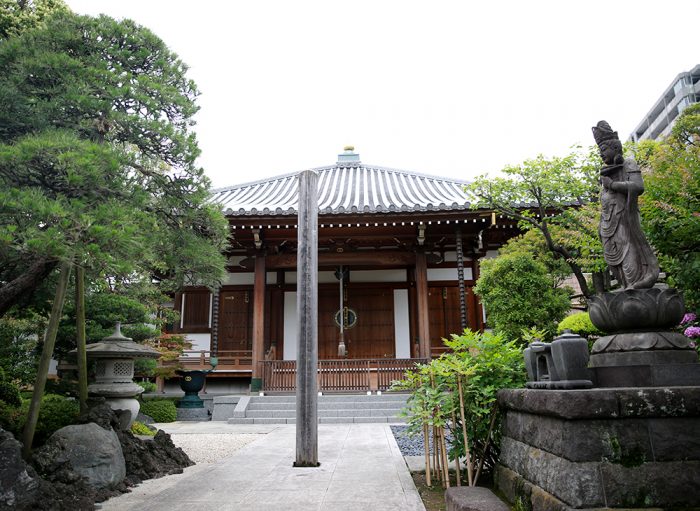
The Shinsengumi who was at the mercy of the times
There is no doubt that during their stay in Ayase was a brief rest for the Shinsengumi who kept battles.
However, the Edo-jo castle attack by the new government forces was about to begin.
A variety of things happened very rapidly in March 1868. While high government officials of the shogunate made the Shinsengumi head for Koshu, they had made various negotiations to avoid the Edo-jo castle attack by the new government forces.
I organized historical movements below. You can see that the Shinsengumi was at the mercy of the times.
The Shinsengumi and the movement of the world
March 6
The battle of Koshu-Katsunuma broke out and was defeated.
The new government forces decided to do a total attack of the Edo-jo castle on March 15.
March 7
An apology letter / petition of Tokugawa Yoshinobu was delivered to the new government forces, but Saigo Takamori blamed the resistance of Koyochinbutai and it was not admitted.
March 9
Yamaoka Tesshu who was a retainer of the shogunate, negotiated with Saigo Takamori to avoid the Edo-jo castle attack as a messenger of Katsu Kaishu.
March 12
Both Nagakura Shinpachi and Harada Sanosuke, who were the first members, left the force.
March 13
The first negotiations between Katsu Kaishu and Saigo Takamori was done.
Kondo Isami arrived at Kaneko residence in Goheeshinden.
March 14
The second negotiations between Katsu Kaishu and Saigo Takamori was done. The bloodless surrender of the Edo-jo castle was decided.
The Charter Oath of Five Articles
April 1st
The Shinsengumi left for Shimofusa Nagareyama after leaving Goheeshinden.
April 3
Kondo Isami was surrounded by the new government forces in Nagareyama, and surrendered.
April 11
Giving up the Edo-jo castle without a blow.
April 25
Kondo Isami was executed at Itabashi execution ground.
<The trend of the Shinsengumi in blue / The movement of the former shogunate forces and the new government forces in red>
As mentioned before, the Shinsengumi challenged the battle of Koshu-Katsunuma by the order of the former shogunate forces, but at the same time the former shogunate forces was presenting the surrender condition to the new government forces. In the middle of the retreat of the painful defeat battle, the first members since the force was formed also broke away from it, I can imagine how painful Kondo Isami felt.
"Oh, what luck I have... ...." I guess if he said so regretfully.
"Why is the Tokugawa family going to surrender !? The battle is not over yet!" I guess if he said so resentfully.
"It's all over, life is but an empty dream." I guess if he said so accepting his fate with resignation.
The decision to give up the Edo-jo castle without a blow was just made the day after such Kondo Isami finally arrived at Kaneko residence in Goheeshinden.
Both resistance and allegiance factions existed in the former shogunate forces. Similarly, a hard-liner and tolerance faction were also in the new government forces. The Boshin war continued after that.
Hijikata Toshizo, a member of the Shinsengumi continued to fight until the Hakodate war.
However, Kondo Isami surrendered at Shimofusa-Nagareyama as if he had given up everything.
After being executed, he was treated as a rebel and his head was exposed to public scorn at Sanjogawara in Kyoto. He died as young as 33 years old.
I can't help imagining that Kondo Isami might have thought out to determine his future during his 19 days in Goheeshinden.
I can imagine that he might have had an indescribable fear while the war situation was changing every moment. And besides, he might have got quarrel with Hijikata Toshizo, vice-commander who fought it out in the end.
There must have been a way to fight it out.
What did the man, who climbed to the retainer of the shogunate with a single sword, have in his mind in this place?
He might have been lost in thought staring at the Ayasegawa river.
He might have practiced swordsmanship at Ayase Inari-jinja shrine near Kaneko residence.
(* By the way, the place name, Goheeshinden was named after Kaneko Gohee who was the ancestor of Kaneko Kenjuro, and cultivated the land as the central figure. Ayase Inari-jinja shrine was built by the locals and sometimes called "Gohee-sama")
I wonder he was gazing at the moon seen from Ayase on a sleepless night.
He might have played with his child.
What was there in the place of the current "Gohee Park"?
I, Mystery Hunter allowed my mind to imagine the decision of Kondo Isami as I like on the bridge over the Ayasegawa river.
I was imbued with the last 19 days of the man who was burned out by being at the mercy of the times and the achievement of the man who cultivated Ayase.
But when I saw the name of the bridge casually, it was "Gohee-bashi".
There was also "Gohee-Shimbashi" next to it.
"Gohee names are everywhere..."
When you visit Ayase, how about trying to imagine the 19 days of Kondo Isami among Gohee?
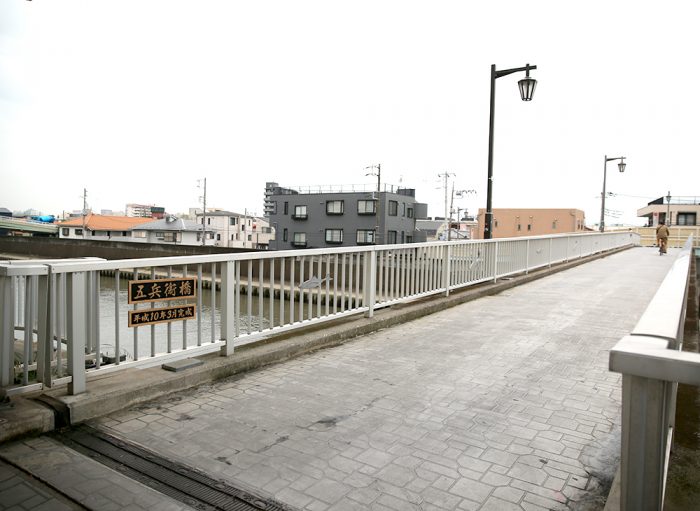
Recommended articles











